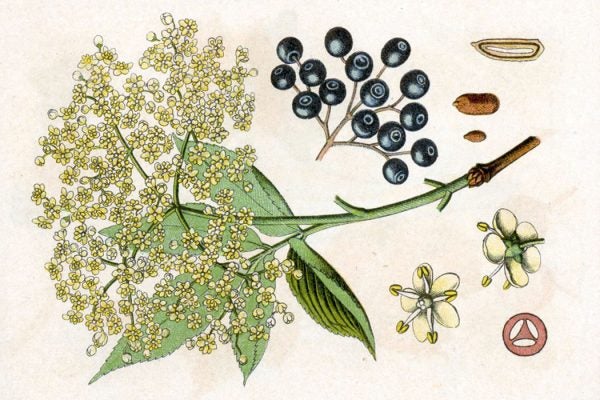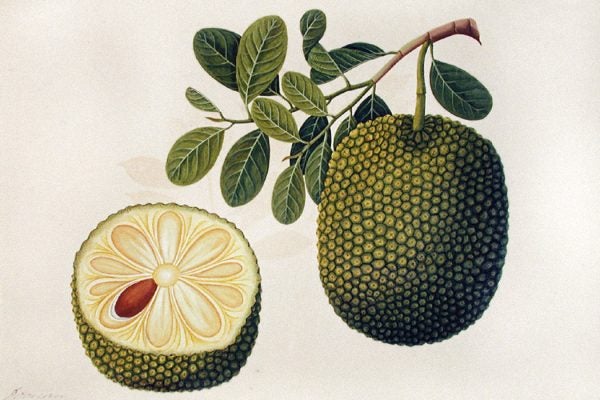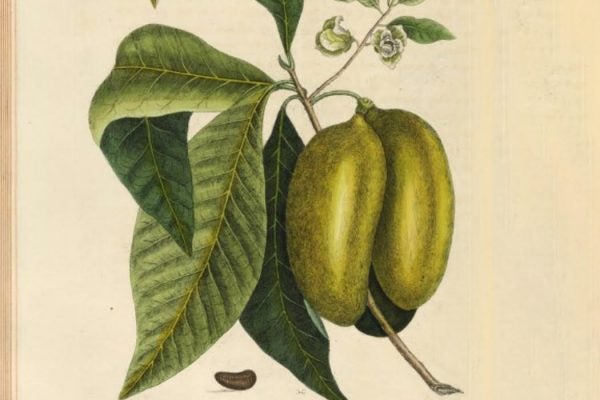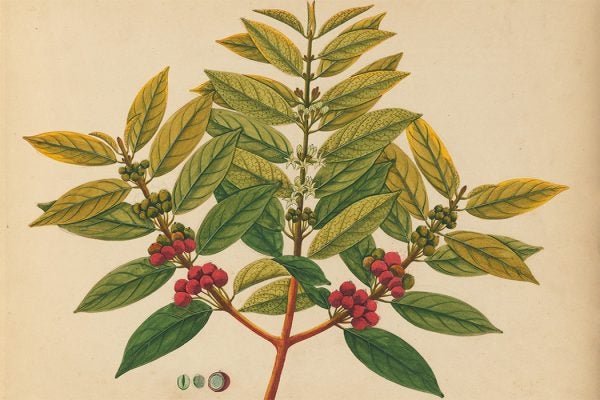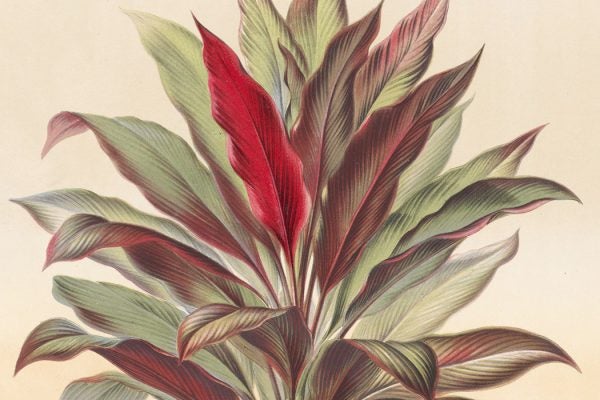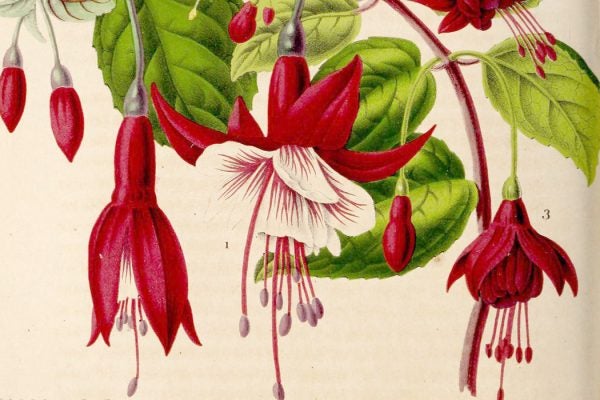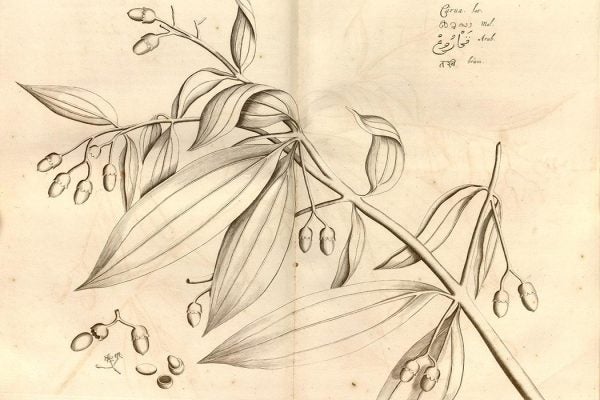Plant of the Month: Elderberry
The recent entrance of elderberry into mainstream success is marked by an increasing popular desire to engage with traditional, “natural” remedies.
Plant of the Month: Jackfruit
The newly hot alternative to meat has a long history.
Plant of the Month: The Pawpaw
The pawpaw is finding champions again after colonizers' dismissal, increasing globalization and economic needs.
Plant of the Month: Robusta Coffee
What’s there to love about “bad” coffee? For much of the world, plenty.
Plant of the Month: Cork
Why is cork so strongly associated with bottle stoppers? The answer goes back centuries.
Plant of the Month: Sarsaparilla
From an early modern treatment for syphilis to Saturday-morning cartoons, the meaning and significance of the plant has transformed through time and space.
Plant of the Month: Tree of Life
Indigenous people in North America used the conifer as an effective cure for scurvy during cold winters.
Plant of the Month: Cordyline
Plantfluencers? Back in the nineteenth century, it was the dazzling leaves of cordyline that set trends in domestic style.
Plant of the Month: Fuchsia
Too popular for its own good? The career of a flower so powerfully beautiful, fashion would inevitably declare it over.
Plant of the Month: Cinnamon
Of early modern medicinal monopolies and the nature of a "true" product of empire.
